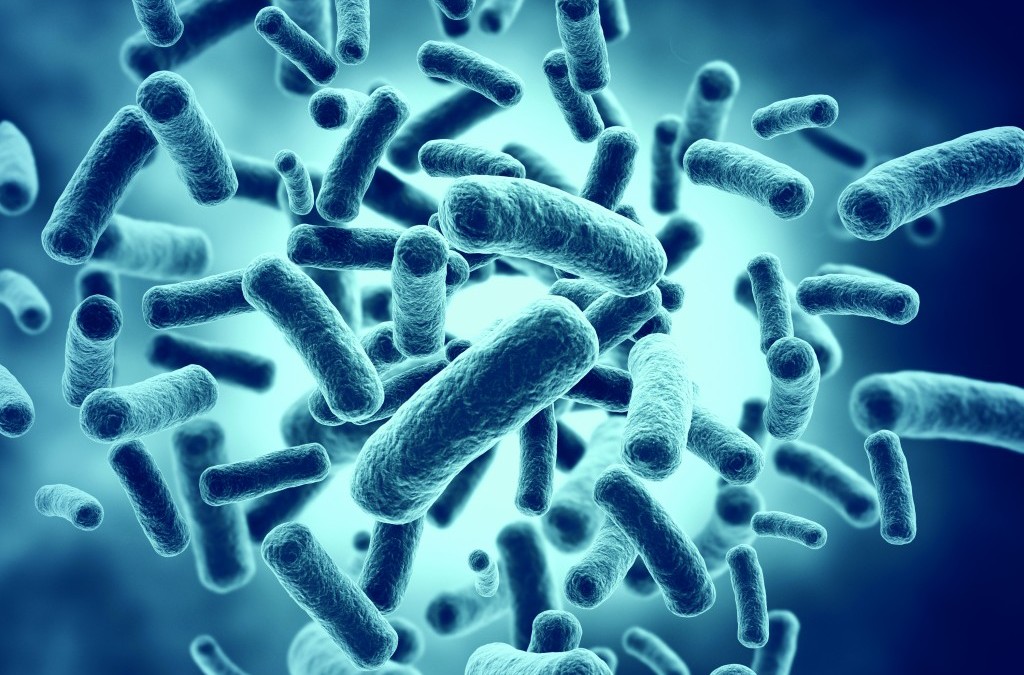The human body is one incredible species. But it’s not alone – the body is home to a huge number and variety of micro-creatures. These micro-creatures inhabit both inside and out and coexist with trillions of invisible micro-creatures. This creates one beautiful ecosystem of micro and macro life, all living harmoniously together. It is a symbiotic relationship, where neither one party can live without the other. This micro world is incredibly organized, with each species playing specific roles that control and predominate others. Every role is so incredibly vital for us, that if our gut were to be sterilized, we most likely would not survive. Micro-flora can be divided into 3 groups:
| Essential or beneficial flora | This group should be the most numerous in a healthy individual. Some examples include Bifidobacteria, Lactobacteria and Propionobacteria. |
| Opportunistic flora | The amount differs in every individual. In a healthy person the numbers should be tightly controlled by beneficial flora. If the beneficial flora is low then each of these microbes can cause harmful effects if they become out of control. Examples are Staphylococci, Streptococci, and yeasts. |
| Transitional flora | We cross paths with these microbes daily through food and drink. These microbes should normally pass in and out of the digestive tract without causing harm thanks to our beneficial flora protecting us. If we lose that protective barrier, these microbes are capable of causing great harm and even disease. |
How Do Microbes Fit Into The Digestive Picture?
A healthy balance of micro-flora is crucial for our gut health and integrity. If gut flora is damaged, the best food and supplements in the world may not have a good chance of being broken down and absorbed. Think about this, what do you feed your body everyday? Consider the amount of microorganisms, chemicals and toxins you consume with every meal – how do we survive?
Our digestive tract contains a thick ‘protective’ layer made up of bacteria – 1.5 – 2kg of it to be exact! It coats the entire gut lining from your mouth, right through to the rectum. This layer provides protection from toxins, undigested foods, and pathogenic microorganisms. If you don’t maintain the health and integrity of the gut lining, it starts to erode – were you are basically setting yourself up for invasion. The good news is that the digestive tract creates a new lining every 4 days, so with the right support it is possible to make quick and effective changes. A well functioning gut with healthy gut flora, holds the key to good health.
Gut flora is the housekeeper of the digestive system – it keeps your gut clean!
If you regularly suffer from digestive issues such as constipation or diarrhoea, bloating, pain, or flatulence, you may need consider doing some gut repair work. Remember diet changes the gut flora, don’t underestimate the healing power of food.
Problems Associated With Poor Gut Health:
- Leaky gut
- Autoimmune disease
- Nutrient deficiency
- Crohn’s & Ulcerative Colitis
- Food allergies or Intolerances
- Fatigue
- Poor immune function
- Inflammatory disease
Gut Loving Foods:
Fermented food: Containing beneficial bacteria for the gut. Food sources: Kefir, natural yoghurt, tempeh, sauerkraut, organic miso.
Glutamine: Promotes gut healing and supports gut mucosal growth. Food Sources; beans, legumes, cottage or ricotta cheese (organic is best), rolled oats.
Prebiotic-containing foods: Foods rich in fructo-oligosaccharides provides nourishment for beneficial bacteria. Raw garlic, onion, leeks, bananas, apple pectin, asparagus, leeks, artichoke, oats, tomatoes, chicory root.
Slippery elm: Click here to find out how it can benefit you.


We call these bacteria ‘commensals’ because they share the table with us. We eat together with the bacteria. Basically, they eat what we eat. Our food choices have a dramatic effect on the health viability and even the diversity of those gut bacteria.”